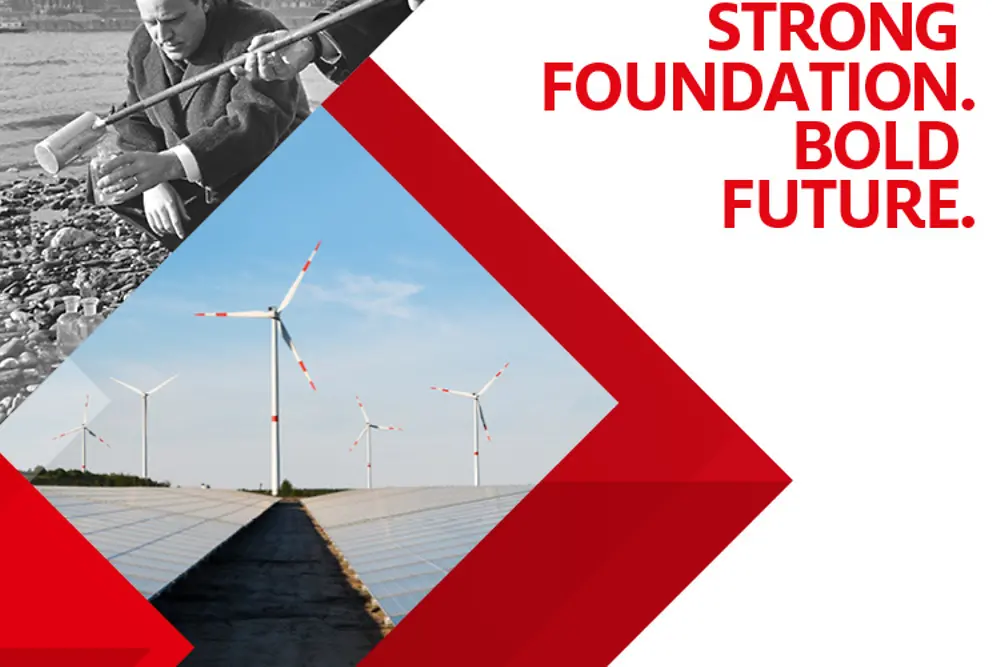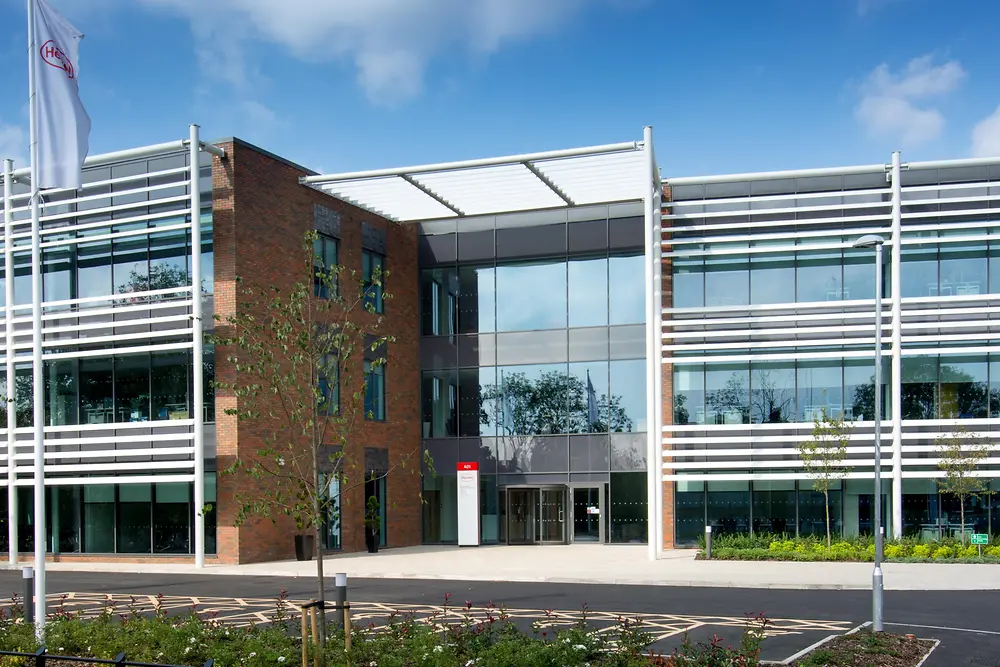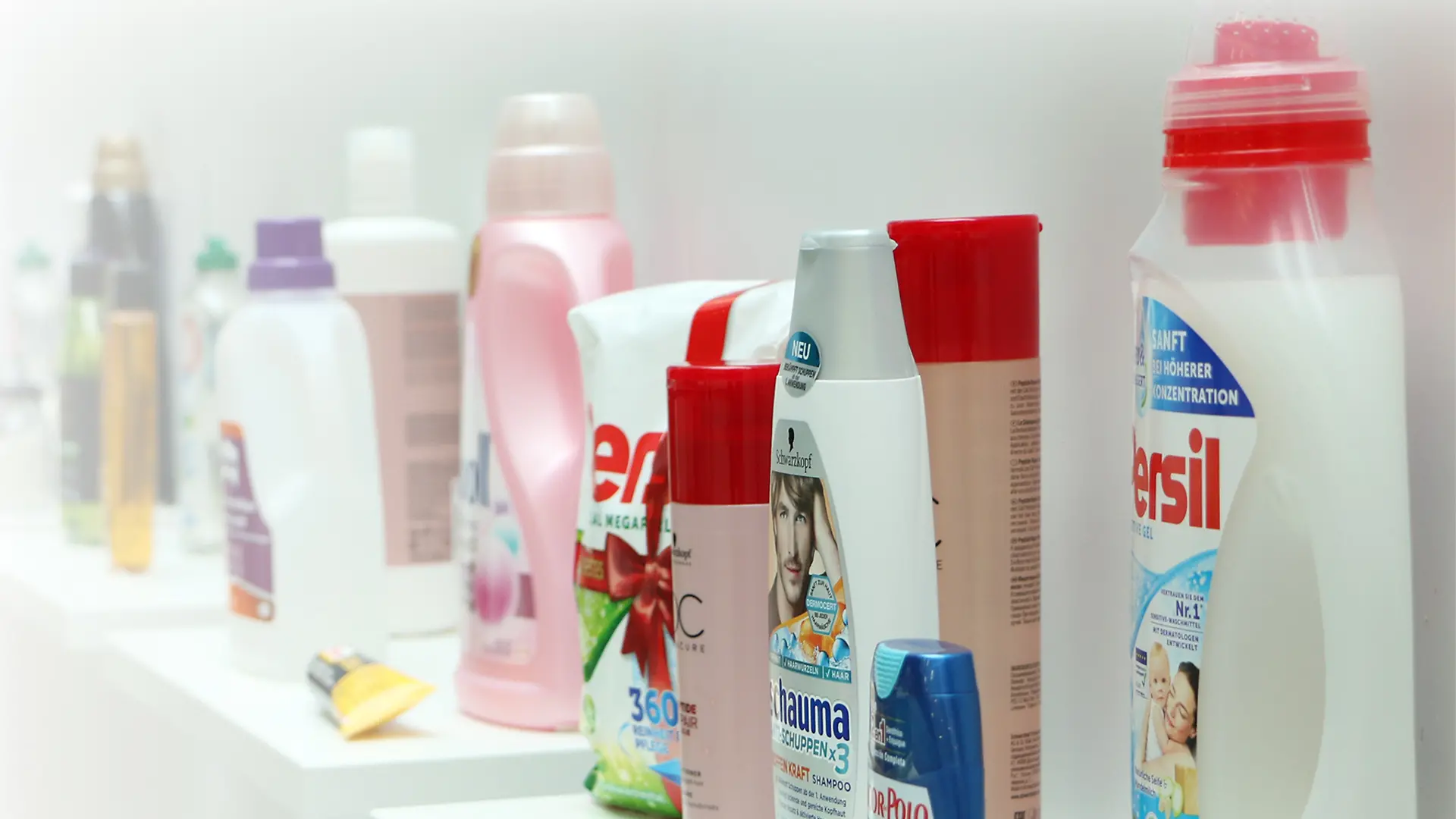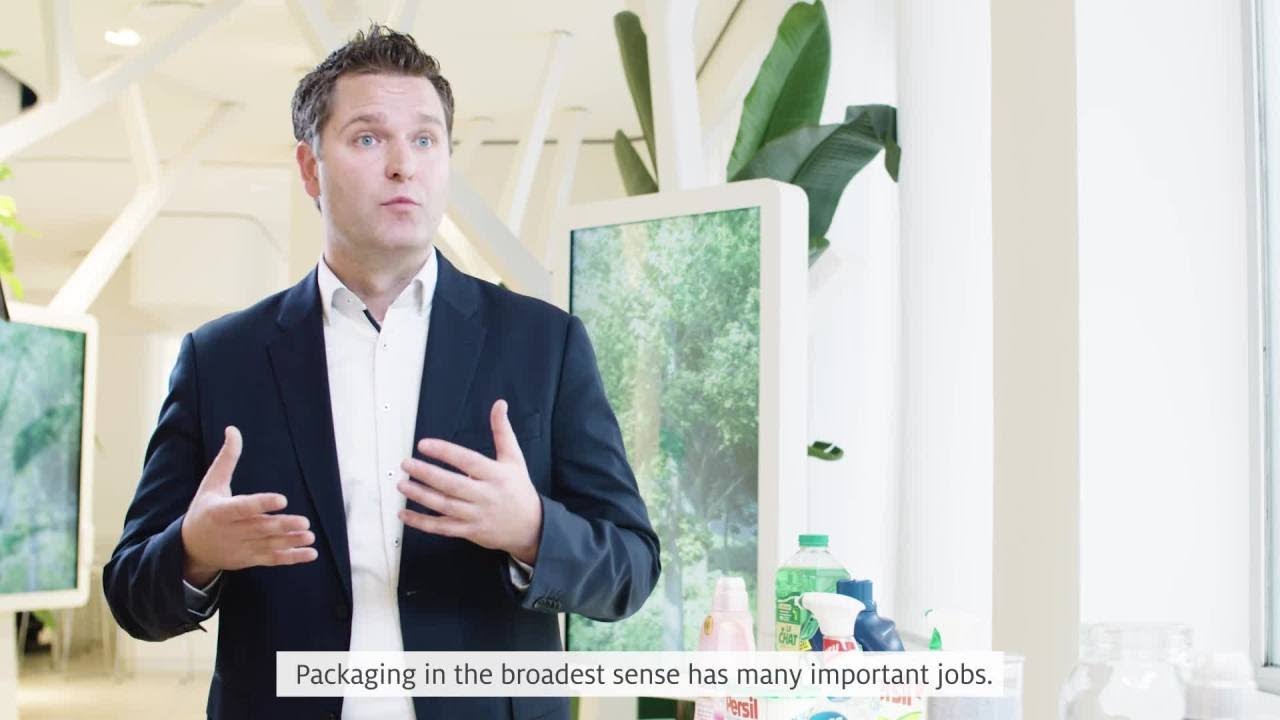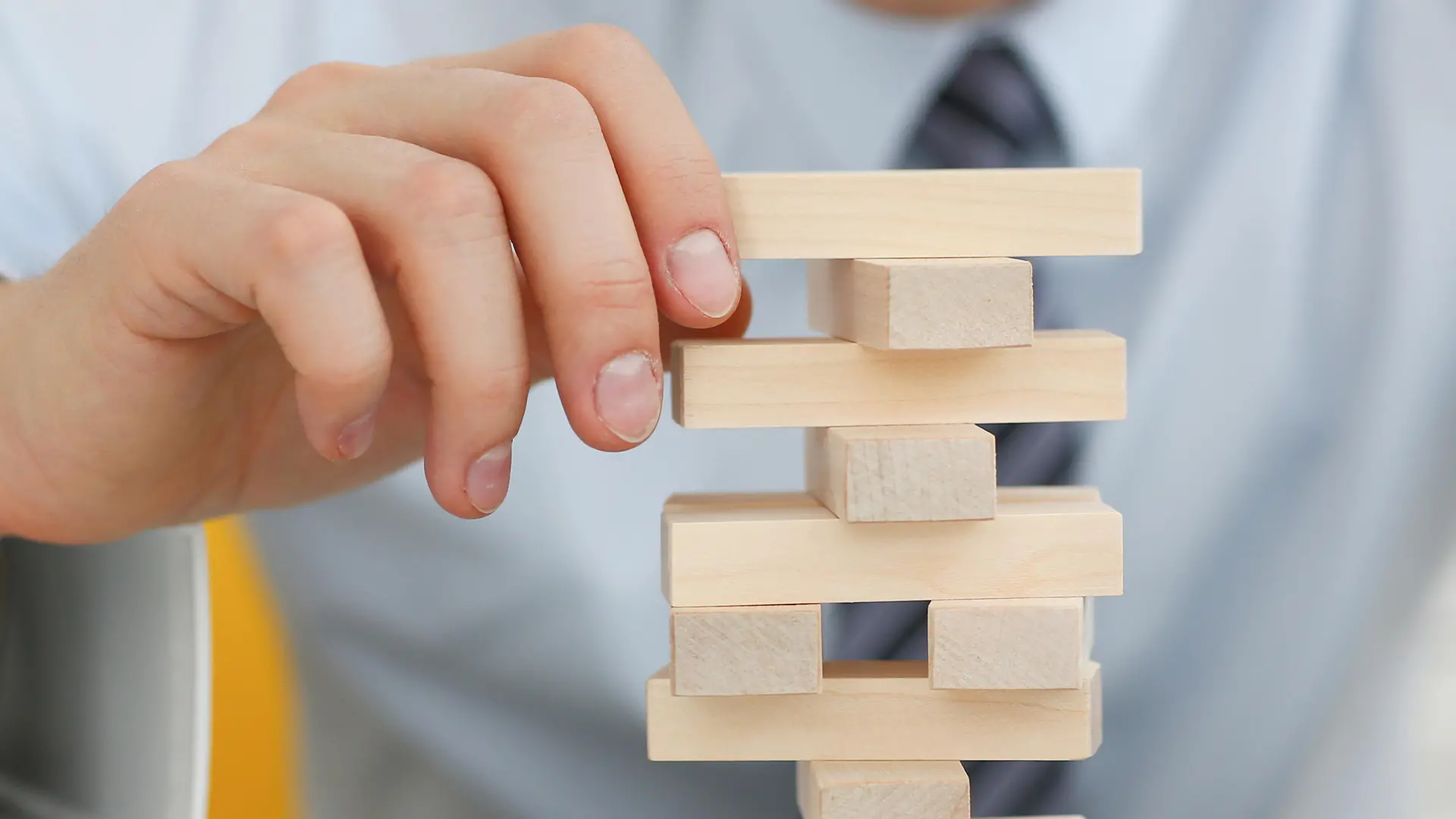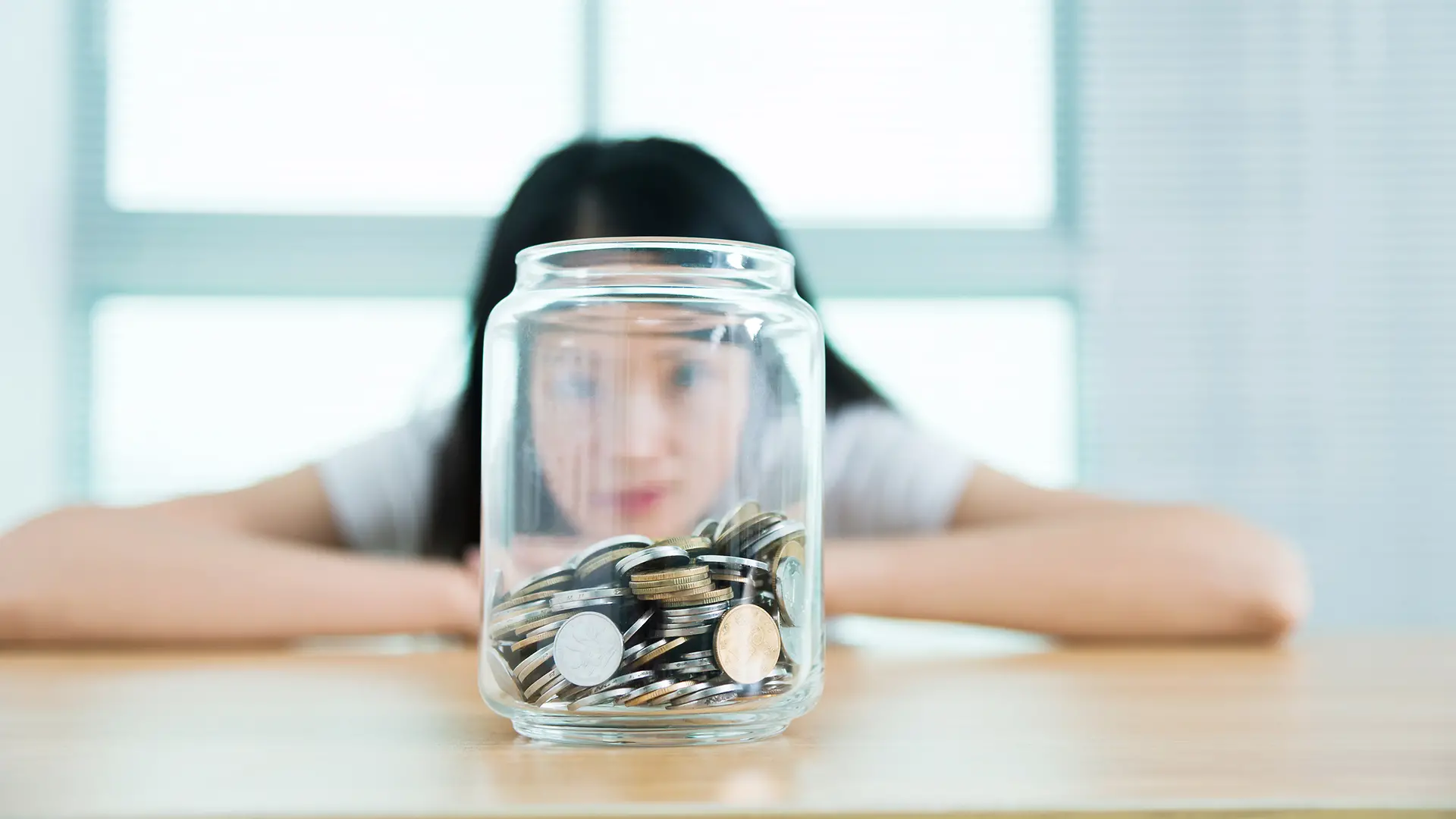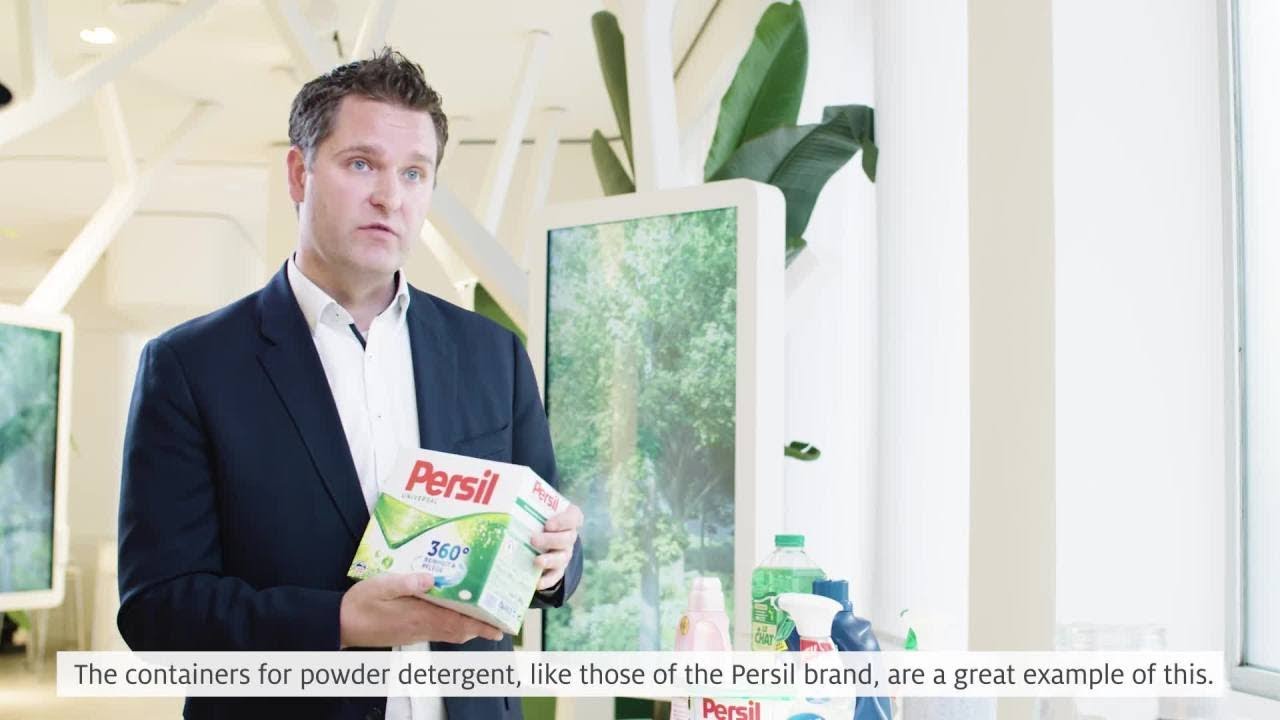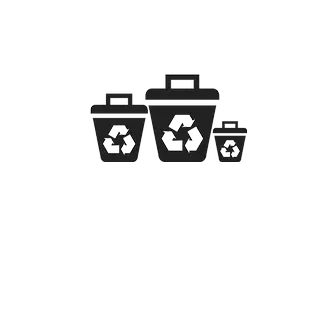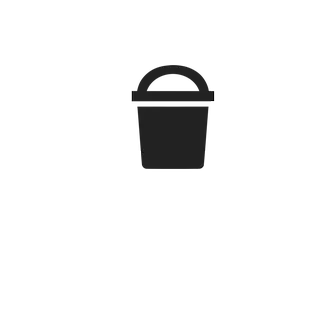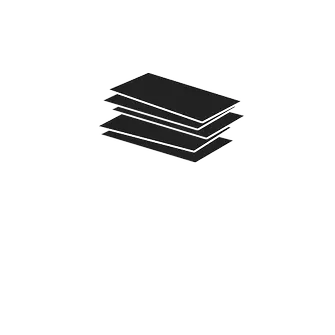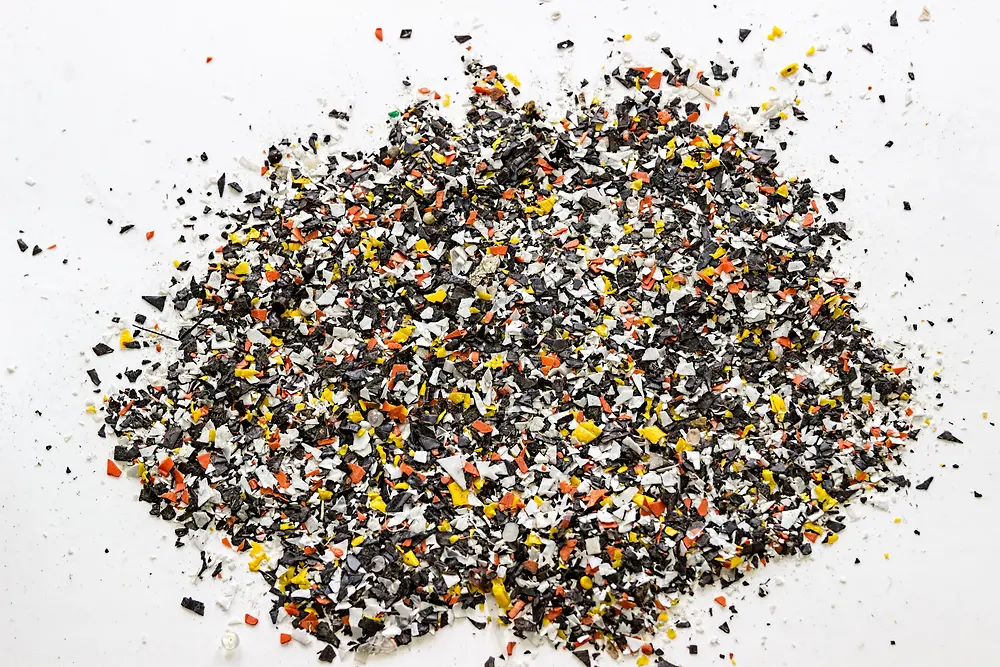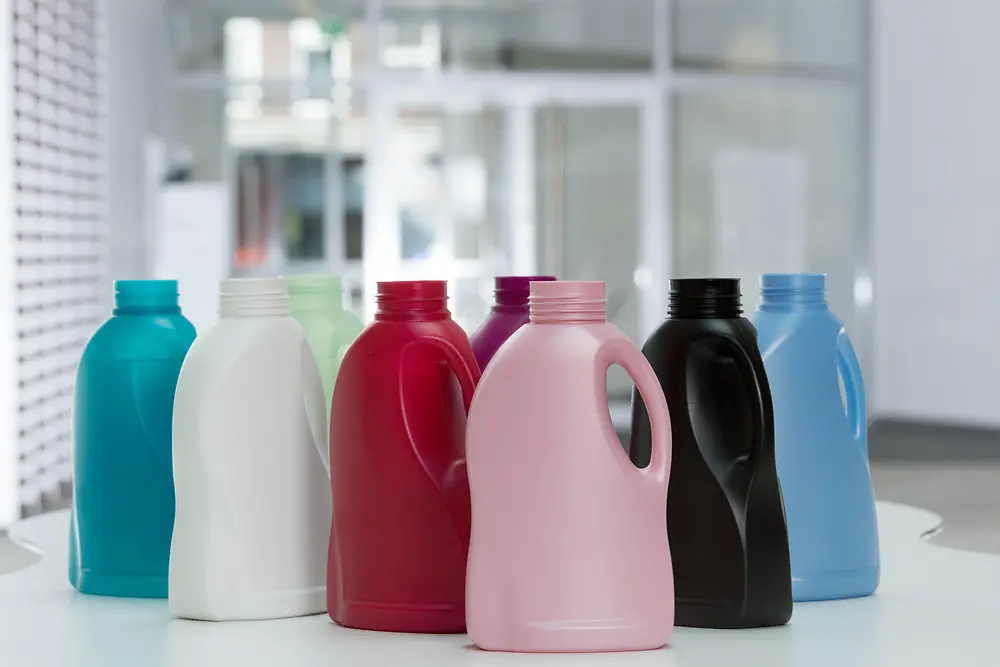Learn more about Henkel Brands & Businesses in UK & Irelands: Includes useful information about the brands, technologies and latest innovations in our business areas: Henkel Adhesive Technologies and Henkel Consumer Brands.
Closing the loop: Why packaging can be a force for good
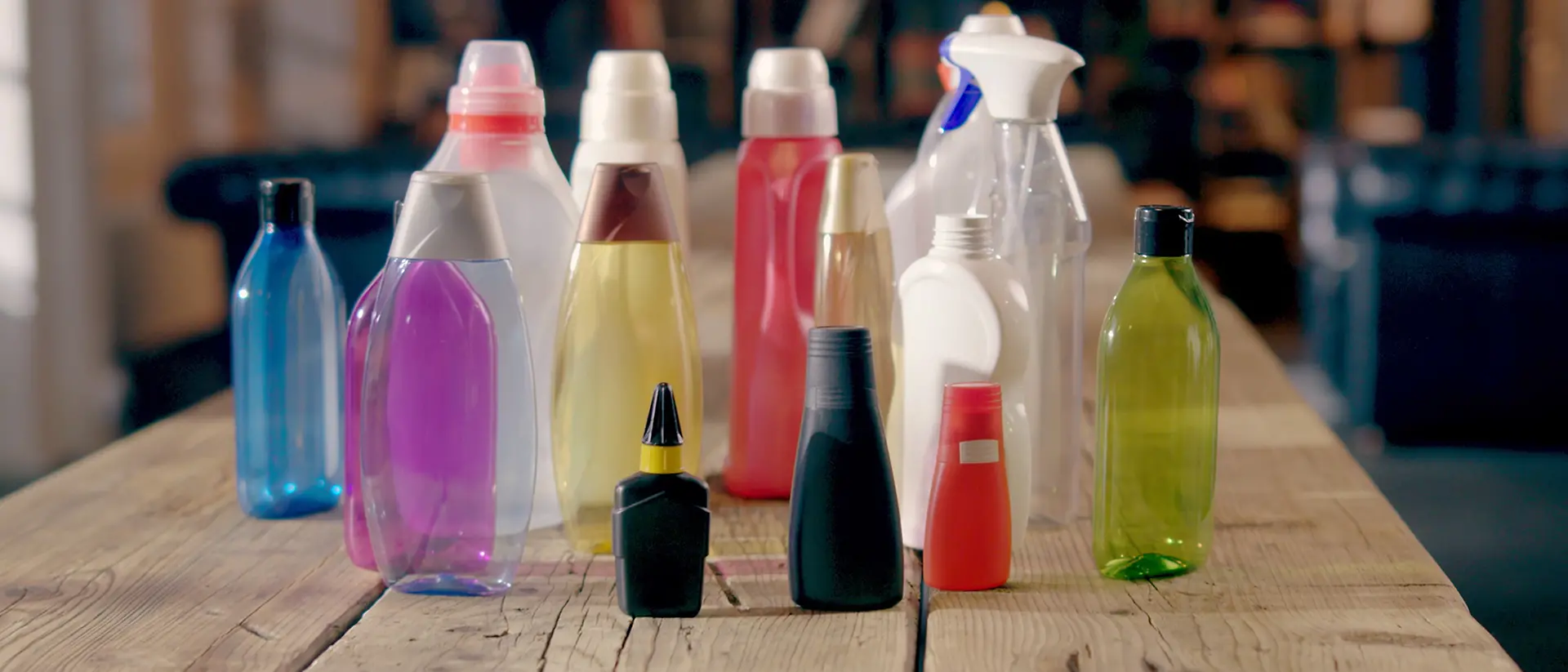
Avoiding waste is an essential measure for environmental protection. In particular, plastic waste must be recycled in a sustainable way – because the amount of plastic, for example as packaging material, is constantly increasing. A consistent recycling economy keeps plastic in the value chain for as long as possible.
Using plastic waste as a resource
In public opinion, packaging and sustainability do not mix well. Newspapers, TV documentaries and social media frequently point to packaging as one of the main villains in our planet’s battle for environmental sustainability. Shocking images of plastic waste floating in our oceans or polluting our cities provoke a strong reaction, awakening a sense of urgency in our need to protect the environment for future generations. There’s no doubt that it’s important to raise awareness about the need to keep plastic waste out of nature – and channel it into well thought-out recycling systems that turn waste into a valuable resource. While packaging certainly presents several challenges, it also plays a key role in our modern way of life. Without it, most products would expire or get damaged before arriving in a store. Packaging extends the shelf-life of food products, keeps oxygen away from superglue or toothpaste so it doesn’t harden or dry out in the tube and can simplify application. It also provides important information about how to use products in the safest and most environmentally responsible way possible.
Developing sustainable packaging
Companies from across industries recognize the urgent need to find a way of minimizing the negative environmental impact of packaging while still benefitting from its positive properties. To achieve both goals equally, they bring together teams of experienced designers to make packaging as sustainable as possible.
Innovative design reduces the ecological footprint
The most obvious way that these design experts empower companies to develop more sustainable packaging is by finding ways of using less material. Reduction of material is one of three building blocks: Smart designs enable manufacturers to make packaging with thinner walls and to eliminate features that are not absolutely essential to the way consumers use the product. Switching to lighter materials can also help cut the overall weight of the packaging. This reduces the carbon footprint created during transport because less fuel is needed to transport lighter loads.
Using recycled content instead of virgin material
Smart designs can also open up opportunities for companies to replace new material (known as virgin material) with recycled content and, as a second building block, supports the transition to a system that keeps material in the value chain longer. The challenge facing designers here is to find sustainable alternatives that still offer the same performance as virgin materials in terms of keeping products hygienic and undamaged, and enabling consumers to use the product in an easy and environmentally responsible way.
Challenges in using recycled materials
Using material over and over again
Whether cardboard, plastic or glass: As a rule, packaging becomes waste – after all, consumers are more interested in the contents. That’s why experts in smart packaging also focus on creating designs that are optimized for recycling. This can be achieved by making it easier to separate different kinds of materials when disposing of packaging. In the case of packaging where the product is fixed to cardboard with the aid of a plastic cover, for example with the toilet rimblock WC Frisch Kraft-Aktiv, both materials should of course be disposed of separately.
Toward a circular value chain
The more companies use recycled materials and make their packaging easier to recycle, the longer these materials stay in the value chain. This idea is at the heart of the circular economy model: A way of thinking that seeks to gather materials after they have been used and process them so they can be reused or recycled over and over again. Switching to this mindset would eliminate waste and reduce the environmental impact of our modern way of life. However, it requires strong recycling and waste management systems to be in place – which is not currently the case in many countries around the world.
Joint responsibility: Keeping plastic waste from the environment
Companies that manufacture consumer products have a responsibility to promote sustainable packaging and support the transformation to a circular economy. But progress toward a circular economy will only be possible if organizations from across industries join forces. That’s why several initiatives are now bringing partners together. The New Plastics Economy is one example: This initiative brings stakeholders together to rethink and redesign the future of plastics and build momentum toward a circular economy. Another example is the Alliance to End Plastic Waste which will develop and bring to scale solutions that will minimize and manage plastic waste.
Lastly, consumers also have an important role to play in making sure they use products responsibly and dispose of empty packaging in a way that supports recycling. With this in mind, it will be easier to responsibly discard waste, that otherwise could end in the environment.
Everybody on our planet is a consumer – which means the potential impact of sustainable behavior among this group can be positive. For consumers who live in countries with recycling infrastructure, modern technology is making it quicker and easier than ever to access information about the right way to separate waste or to find out where their local recycling facilities are located.

